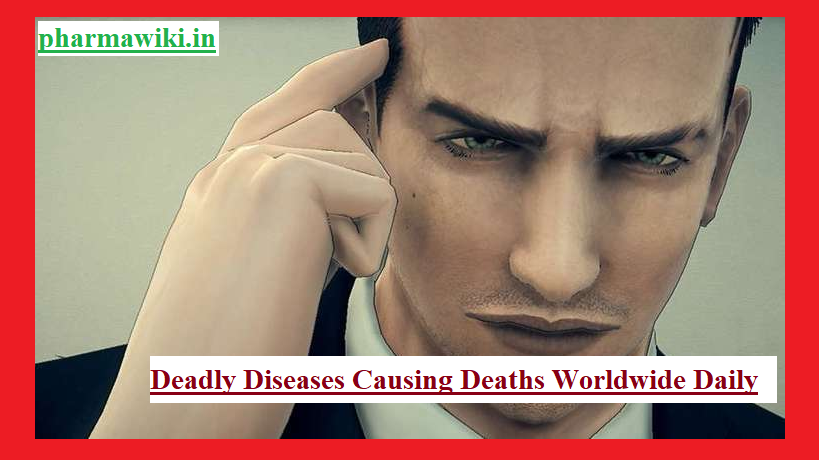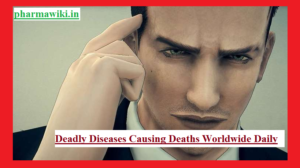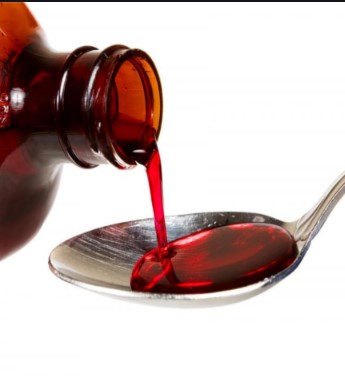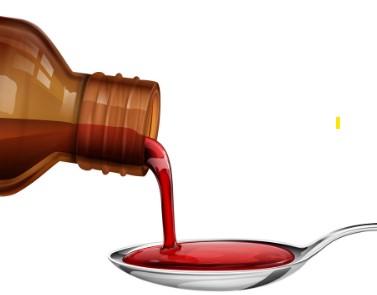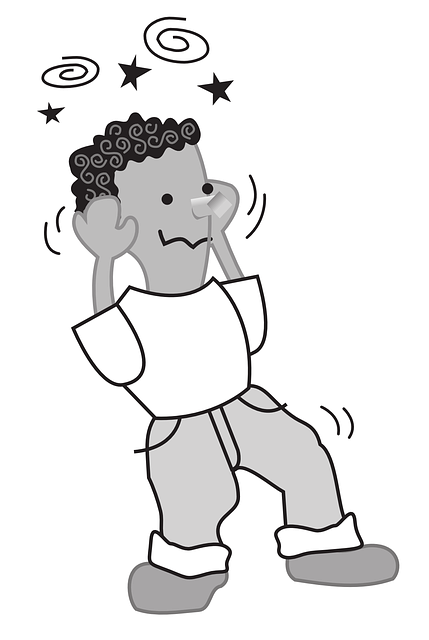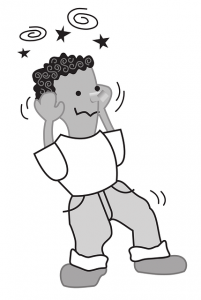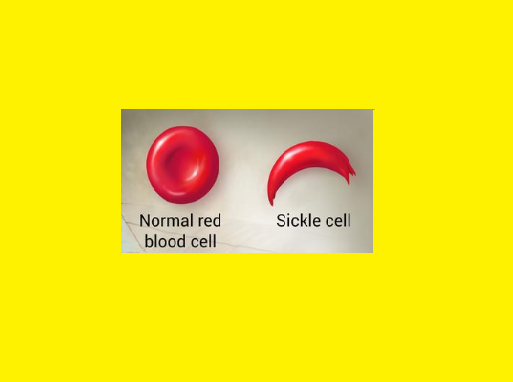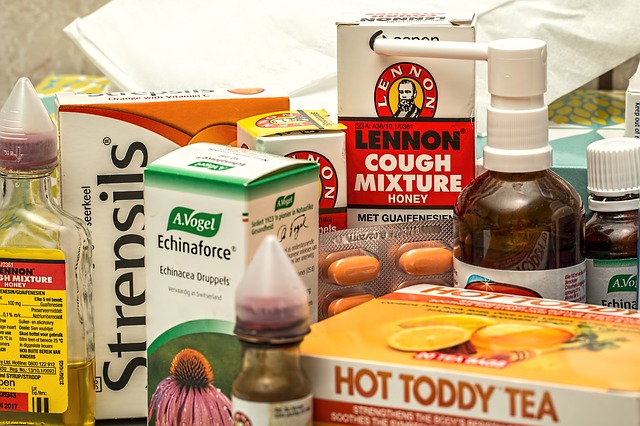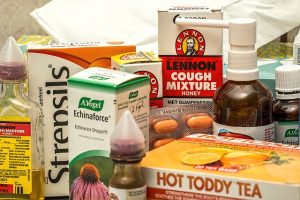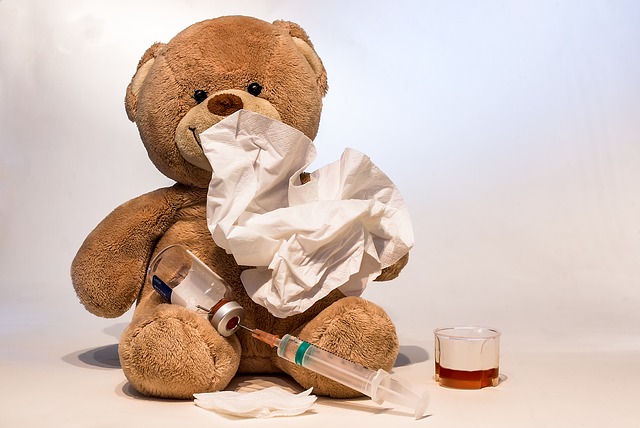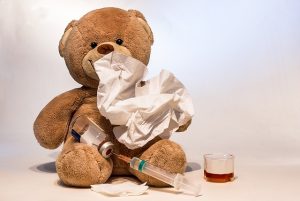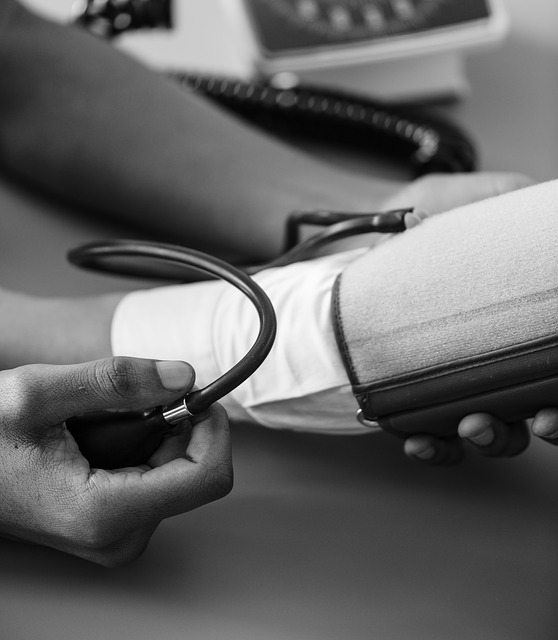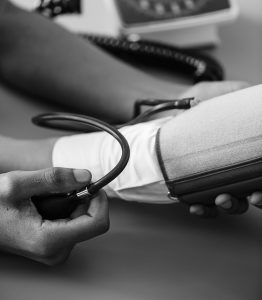Deadly Diseases Causing Deaths Worldwide Daily
As the world population is increasing in multifold the diseases affecting lives is even grosser. The foremost organization that keeps records of all the statistics regarding health, WHO, has given some estimation about the scenario as a whole. WHO says across worldwide, most people in wealthy countries would reasonably expect to die in older age. In low-income countries though, children aged under 5 years are the most at risk of dying. Let us see how the mortality rate of people has been affected in the recent past.
During the past decade, the deadly causes of death have been Ischaemic heart disease, stroke, chronic obstructive lung disease and lower respiratory infections including cancers. Heart disease is caused by a build-up of fatty deposits on the wall of the arteries, for other conditions such as high blood pressure or diabetes (Diabetes caused 1.6 million (2.8%) deaths in the last 5 years) responsible for nearly 9 million deaths every year. This disease is deadly that narrow down the patient’s arteries restricting blood and oxygen flow to the heart, potentially leading to a fatal heart attack. Non-deadly attacks cause chest pain known as angina, which can proceed with a heart attack. Lung disease, particularly lung cancer stands at top 5 of the 10 diseases being responsible for over 1.6 million deaths worldwide. Lung cancer is very common in smokers and is an aggressive and serious form of cancer accounting for 85% of cases. In China, it is the most common type of cancer along with Countries such as Spain and Hungary and India is also highly affected by the disease.
Chronic diseases have remained the top killers causing increasing numbers of deaths worldwide. TB remains a significant threat as one of the topmost in the world in which 1/3rd of the world’s population is infected. TB bacteria every year, causes over 9 million cases resulting in around 1.4 million deaths. Deaths due to Alzheimer and Dementias more than doubled in the last 20 years, making it the 7th leading cause of global deaths in recent times.
Seasonal flu kills 291,000 to 646,000 people worldwide each year, Healthy people can be infected by the influenza virus and transmit it to others. But young children, elderly people, pregnant women, and people with certain medical conditions are at greater risk of suffering serious complications from the flu. Various kind of Injuries continues to kill 5 million people each year including road traffic injuries. About 3700 lives each day are lost, among which three-quarters being males.
Another life-threatening disease is HIV+ causing AIDS is mostly spread worldwide. As a public health threat by 2030, countries need to live up to their commitment to end AIDS. In September 2015, it is a target included in the 2030 Agenda for Sustainable Development adopted by the United Nations General Assembly. This is an estimation to prevent almost 300 000 deaths per year. The HIV-related deaths are still unacceptably high and it poses an immediate challenge to reach the Fast-Track targets for 2020 that include reducing the number of people dying from HIV-related causes fewer than 500 000.
The outbreak of Covid-19, a coronavirus-caused illness that originated in Wuhan, China, and has since spread to most of the world, is one of the most serious public health crises in decades. The virus has spread far wider than Ebola did in 2014 and is in pandemic stage according to WHO. So far it has it the regions of the UK, USA, Korea, Japan, Iran, Italy and now India causing several deaths. If soon the measures not taken this would become the maximum cause of death rate throughout the world creating an epidemic.

